Before gold and other precious metals can be converted into jewelries and used for various other purposes. They have to go through a refining process to get them into a useful form. This is to ensure enhanced purity and fluidity to make it easier to form into different shapes.
Smelting is an integral part of the refining process of gold and other precious metals. It is the major part of refining where the precious metal (gold in this case) is melted out of its ore. Metal ores often contain a lot of other elements and impurities, smelting is therefore important in removing these.
Gold smelting flux is often added to the ore during the smelting process. In this post, we will be discussing the importance of Gold smelting flux and its uses in smelting. Most importantly, you will learn how to select the right gold smelting flux for your smelting projects.
Why add flux while smelting gold?
Traditionally, smelting is carried out between 1150 and 1450oc for about 2 hours. After this, the gold and silver alloy settles to the bottom since it is heavier while the slag floats and is taken off. Despite these extreme conditions, however, it still remains difficult to separate out some impurities.
It is often the case that some of the gold gets trapped within the slag which floats. Conversely, some of the impurities and associated elements may also stick to the pure metal, sinking along with it. These two anomalies are sure to lead to situations in which impure ingots are produced. They may also lead to loss of the pure metal along with the slag.
This is why gold smelting flux is important. gold smelting flux is basically a chemical substance or a mixture of chemical substances. Which are added in regulated amounts to the precious metal ore charge. It helps to combat all the problems mentioned previously and ensure that the ingots are as pure as possible. Below are some of the ways in which the use of gold smelting flux makes the smelting process more efficient:
- Gold smelting Flux Lowers Smelting point: If the ore from which gold is to be separated out contains elements and impurities with a high melting point. The process becomes highly energy intensive as high temperatures are required to get the mixture melted down.
The addition of flux provides a very desirable solution to this problem. The chemistry of the chemicals that constitute gold smelting flux help to lower the smelting point temperature of the ore. - Catalysis: Since Gold smelting flux is made up of chemical substances, they can serve as catalysts to speed up the selective oxidation process. This makes the separation of slag from precious metal quicker.
Without the use of Gold smelting flux, the flow of molten precious metal to the bottom is sluggish. This sluggishness may lead to mixing, making it difficult for the slag to separate out. - Selective reaction: It is a known fact that gold is basically a non-reactive element. Gold smelting flux helps us to take advantage of this fact in the smelting process. Flux is able to react only with the impure metals, thereby causing them to form nitrates which can separate out neatly.
Again, smelting flux makes metallic oxides easy to eliminate, thereby removing another major source of impurity.
This goes a long way in making the smelting process more efficient. Ensuring that the precious metal that separates out and eventually the ingot bar is as pure as possible.
Flux can reduce smelting point; density and viscosity; fluidity; metallic oxides easily eliminated; precious metal losses are reduced and broken easily.
Types of fluxes and their uses in smelting gold
There are various types of gold smelting flux available on the market. Beyond just gold smelting, flux is also used in other areas of metallurgy and metal joining. Below are some types of flux that are in use generally:
- Borax
- Silica
- Hydrochloric acid
- Ammonium Chloride
- Sodium nitrate
- Sodium Carbonate
- Zinc Chloride
All of these chemicals perform various functions in the smelting of Gold. Each of them contribute their own specific quota in ensuring that the resulting gold bullion is pure. Below are some of the unique roles played by each kind of flux.
Borax
A white crystalline mixture which is in powdered form at room temperature. Borax helps to lower the smelting point temperature of the ore. This means that lower temperatures that smelting will occur quickly and allow the precious metal to settle out.
Also, Borax is very effective in capturing metallic oxides. This is necessary because many of the other metals that constitute impurities are highly reactive metals. They will therefore readily form oxides in the presence of borax.
Gold on the other hand is majorly an inert element, it will not take part in the oxidation process. The gold will therefore sink down easily in its molten form. The oxidized impurities (aided by Borax) will float up as slag and get collected.
Therefore, the efficiency of the smelting process is highly increased and there is improved separation. The advantage of this is that a purer ingot will be gotten. Also, there is reduced loss of precious metal alongside the slag.
This video shows a small scale use of borax in Gold extraction.
Borax. Image Credits
Silica
Silica is quite similar to Borax in its gold smelting flux properties. It is selectively soluble with Gold and silver and similarly allows for the easy separation of pure metal from slag. By forming silicates with metal oxides, Silica ensures the stability, homogeneity, and low viscosity of the slag.
Also, some ores already contain silica due to the use of diatomaceous earth during the extraction process. Extra silica as flux must therefore be added with caution. Silica also has the effect of increasing the viscosity and fluidity of the charge, allowing the molten gold to flow down easily.
Silica. Image Credits
Sodium Carbonate
This is an alkaline flux which has the ability to react with and remove sulphides from pure gold. Sodium carbonate may also be used in synergy with another flux. Silica for example when mixed with Sodium Carbonate leads to the formation of Sodium silicate which can also form oxides with impure metals and get them out.
It should be noted that adding Sodium Carbonate as flux in excessive amounts may become counter-productive. This is because it may lead to the formation of sticky slag which will not flow of easily. Care must therefore be taken to determine the optimum amount of Sodium Carbonate used as flux in any smelting process.
Potassium Carbonate
This chemical majorly helps with lowering the smelting point temperature of the charge. It is often combined with Sodium Carbonate (which has been previously mentioned). Thus combining the flux effects of both substances and giving an improved performance.
Sodium Nitrate
Some types of flux are good at oxidizing specific metals. Sodium Nitrate belongs to this class of flux elements. Sodium nitrate oxidizes metals like iron, copper, and zinc by liberating oxygen at a temperature of about 500oC.
Litharge
Litharge is basically a monoxide of lead (often yellow in color) which is used as gold smelting flux. Just like Sodium carbonate, litharge is also useful in removing sulphides from the pure metal and getting it to flow out with the slag.
Litharge
Fluorspar
Fluorspar is neither acidic nor basic; a neutral flux that is highly applicable especially in reducing the loss of precious metal in refractory ores. In a manner similar to Silica, Fluorspar increases viscosity and allows free flow of both pure molten gold and slag. It also aids decomposition; thereby allowing for more fluidity and again contributing to the overall flow of slag and pure metal.
Despite the benefits listed above, there’s a note of warning to be sounded in the use of Fluorspar. It may begin to react with and corrode the crucible when added in uncontrolled proportions. Fluorspar also has the tendency to interfere with the oxide formation property of borax when used together.
Fluorspar Image Credits
Flour, Charcoal, and other Reducing agents
These substances are often useful in helping to break down Litharge, thereby extracting the metallic lead. With the lead freed, oxygen molecules are liberated to react with the impure metals. This makes it easier to form metallic oxides through an oxidation process aided by Borax, Silica, and others.
It is worthy of note to state here that Mercury used to be utilized as a gold smelting flux in the past. However, due to hazards to the environment and rising concerns about environmental protection and climate change, it has been made obsolete. Apart from these, mercury also has adverse health effects on workers who are exposed to it, it is therefore safer to do away with it.
All you need to know about mixed fluxes during a gold smelting process
As can be seen from the previous section, various flux perform different specific functions in the gold smelting process. There are however various types of concentrate, and each one has unique needs that can be met by various gold smelting flux. In most cases, the effect of more than just one kind of flux is required.
For example, a charge may have high smelting point which needs to be lowered by a flux like Potassium Carbonate for example. This same charge may also have metallic impurities. Therefore also requiring the use of a flux like Borax to form metal oxides and remove impurities.
It thus becomes necessary to combine more than one flux in order to achieve the required level of precious metal purity. In this section, we will discuss these combinations.
There are various flux recipes which depend majorly on the kind of ore or concentrates being smelted. It is advisable to consult standard texts and determine the calculation for the effective weights and ratios of flux combinations. However, below are a couple of basic recipes that will at least point you in the right direction to start checking.
General Recipe
Traditionally, for most ores, the composition of the flux mixture should contain between 40-50% Borax, 10-15% Soda Ash, and 5-1-% Silica sand. In most scenarios however, the properties of the ore will vary and so will require different proportions.
Neutral Ores (Basis: 25g of Ore sample):
In neutral ores, a combination of 25g Litharge, 20g Sodium Carbonate, 1g flour, and 8g silica will be appropriate in Smelting 25g of concentrates. Of course, all of these weight values will have to be adjusted for increasing or decreasing ore weights.
Black Sand Samples (Basis: 20g of Ore sample)
As recommended here, a good recipe for ores sourced from Black sand will include 30g litharge, 30g Sodium Carbonate, 25g borax, 5g flour, 8g fluorspar, 30g silica and 20g ore sample. Again, it is important to note that these are just starting points and not hard and fast rules.
You have to make appropriate adjustments for differences in weight. Also, ensure that you carry out tests to determine the optimal flux combination for your specific ore sample. This is because even black sand gold ores may have slight differences in characteristics, differing from one location to the other.
Chapman Flux Recipe
This is another common recipe that is used not only for Gold, but also as Silver smelting flux or in a combination of both. The recipe contains 40% Borax, 20% each of Soda Ash, Manganese Dioxide, and Silica. (As offered for sale here)
There are a lot of factors to consider in choosing the right recipe for combining Gold smelting flux. These include: Source of the ore, level of purity, impure metals present in the concentrate, etc.
Generally, experience is often the most important guiding element in selecting a flux recipe. If you don’t have much experience yourself, you can always take advantage of previous work done by other people. Using the points listed here as a starting point, ask questions and make findings from a variety of sources.
More importantly, run a test smelting process on any recipe you wish to try out. This should be done before applying it on a large scale to the whole body of precious metal concentrates. So as to avoid wastes and loss of precious metal.
This video shows the use of chapman flux in the removal of Gold from black sand.
Benefits of adding flux while smelting gold
There are a couple of benefits to be gained from the use of flux in the gold smelting process; they include:
Higher Profit Margins: The use of gold smelting flux ultimately increases the purity of the precious metal to be casted into ingots or bars. Therefore, buyers are dealers are definitely going to be willing to pay higher prices for your gold bars. When compared with the increased revenue associated with higher purity, the cost of purchasing gold smelting flux is definitely a wise and worthy investment.
Apart from just short term monetary gains, a long term economic benefit of using gold smelting flux is the reputation. When your plant or foundry becomes popular for producing only high purity bars, you will have steady business and increased profits.
Lower Energy Costs: Since the use of gold smelting flux helps to lower the smelting point temperature. Less energy is utilized in bringing the ore up to smelting point. The decrease in costs expended on either electricity or fuel leads to a corresponding increase in profit levels.
Utilizing less energy in the smelting process also contributes ultimately to reducing the carbon footprint of the process thereby.
Removal of Residual Mercury: For gold ores that contain mercury, they pose a relative amount of danger to operators. Mercury can cause severe harm like lung damage or even death if exposure occurs leading to inhalation. Although most Gold refining process use the process of retorting to get rid of most of the mercury in the charge.
There often still remains some that must be gotten rid of by the smelting process. The addition of flux speeds of the removal of this residual mercury thereby ensuring the health and safety of operators and personnel.
Step by step guide to adding Flux during gold smelting process
Adding flux to a precious metal ore charge can be considered a separate process in itself. There are quite a number of important things to put into consideration. This is to ensure that the addition of flux fulfils its purpose and does not become counterproductive.
- Safety First
This is important because some fluxes may have corrosive effects if brought in direct contact with the skin. It is therefore important to take all usual precautions such as wearing of safety apparatus like gloves, nose masks and so on.It is also important that the mixing of the flux with the charge should be done in a well-ventilated space. This will help to prevent the operator from being exposed to above normal concentrations of either the flux or any residual impurities in the charge. - Right Proportions
Although this has already been mentioned in a previous section. It is worth reiterating that in choosing the right flux or combination of fluxes. Proper calculations must be made and literature consulted alongside tests. The success or otherwise of the smelting process is highly dependent on the kind of flux being used.Success factors like purity of precious metal recovered and ration of precious metal lost to slag are dependent on using the right flux. It is therefore essential that you get the flux rations and combinations right if your Gold smelting process will be successful. - At what Part of the Gold melting process should you add flux?
Normally, the gold smelting process commences after retorting is carried out, so this should naturally be the point when flux gets added. As soon as the charge leaves the retort process, the crucible should be preheated.The mixture of already mixed fluxes and ore is then poured into the crucibles which are placed into the gold melting furnace. The smelting thus commences. - How do the Fluxes react during the process?
For a flux mixture containing Litharge, around 550oC, the litharge is reduced to lead by the action of reducing agents (like flour). Also, Borax and Sodium Carbonate combine with the charge to form a porous mass.At about 750oC, Borax attacks the metallic oxides. Sodium carbonate also reacts with silicates at 850oc. At 885oC, the remaining lead gets transformed into oxide. And by 1068oC, it is expected that the reactions are completed.
Consequences of not using gold smelting flux in the gold smelting Process
Having mentioned the advantages of using Gold smelting flux. It is almost unimaginable to carry out a gold smelting process without making use of flux. We will however still outline the disadvantages of melting gold without flux.
- Precious Metal loss: In the absence of viscosity reducing flux, the slag will be quite viscous thereby leaving a good proportion of pure gold trapped. This is bad for business.
- Difficulty in separation: Another consequence of not having viscosity reducing flux. There is less fluidity and it becomes very difficult to separate the slag from the pure molten precious metal body.
- Impurities in Gold for ingot casting: Without metal oxide capturing flux, metal impurities will stick to the precious metal. This will lead to the casting of impure gold bars and ingots. Thereby lowering the value of the eventual product of the gold refining process.
Conclusion
The use of Gold smelting flux in the gold smelting process is considerably intricate. It may even be considered a kind of science in its own right. It should be noted that the information contained here is not everything you need especially in choosing the right flux combinations.
This is however a good starting point to point you in the right direction and help you to select the appropriate Gold smelting flux. With the right combination of flux, your gold smelting process will definitely bring huge returns. The resulting pure bars and ingots will make your brand a force to reckon with in the market.
References
https://www.911metallurgist.com/blog/gold-smelting-refining-process
https://en.wikipedia.org/wiki/Flux_(metallurgy)
https://www.corrosionpedia.com/definition/1472/flux-metallurgy
https://www.911metallurgist.com/laboratory/guidelines-on-flux-calculation-gold-smelting/

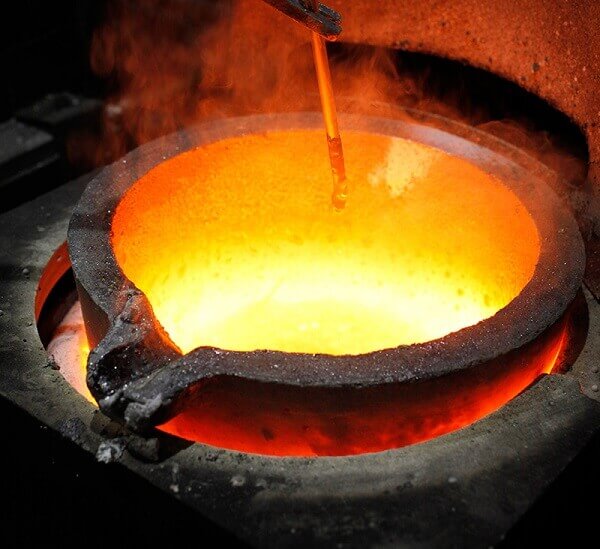
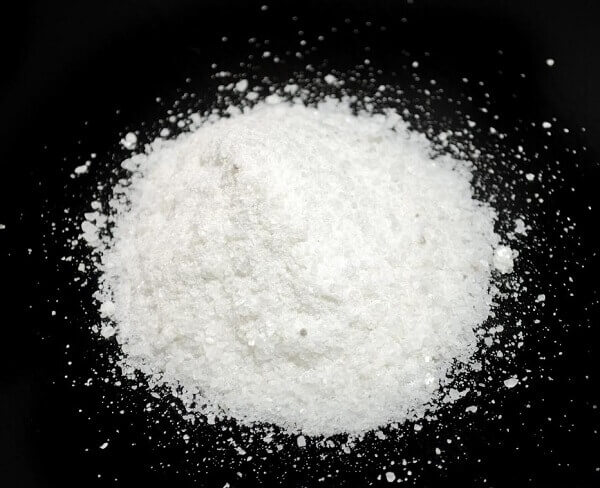
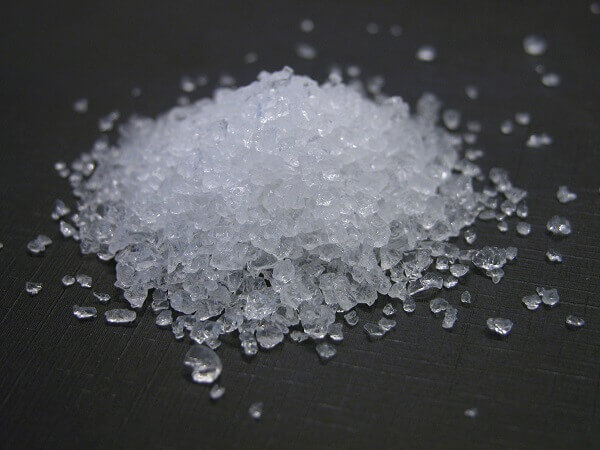
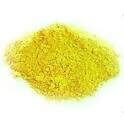
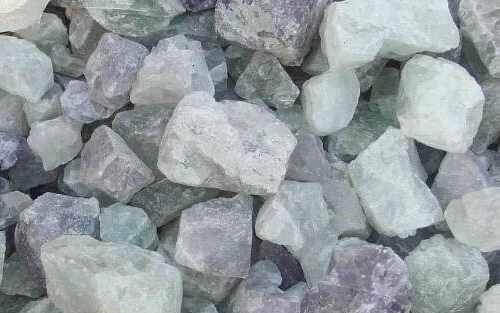
 © Copyright 2008-2021 Superb Electromachinery Co., Limited
© Copyright 2008-2021 Superb Electromachinery Co., Limited